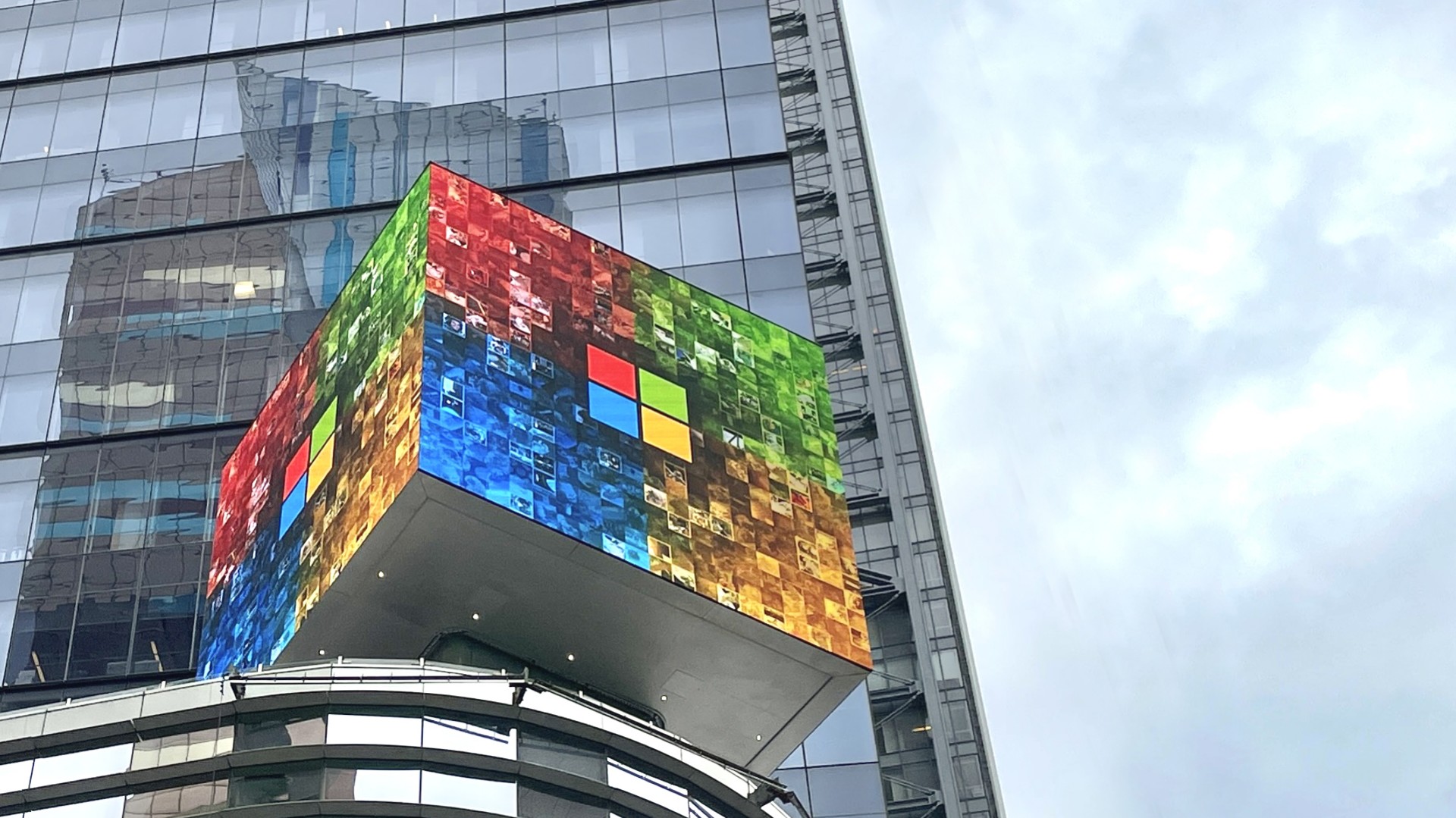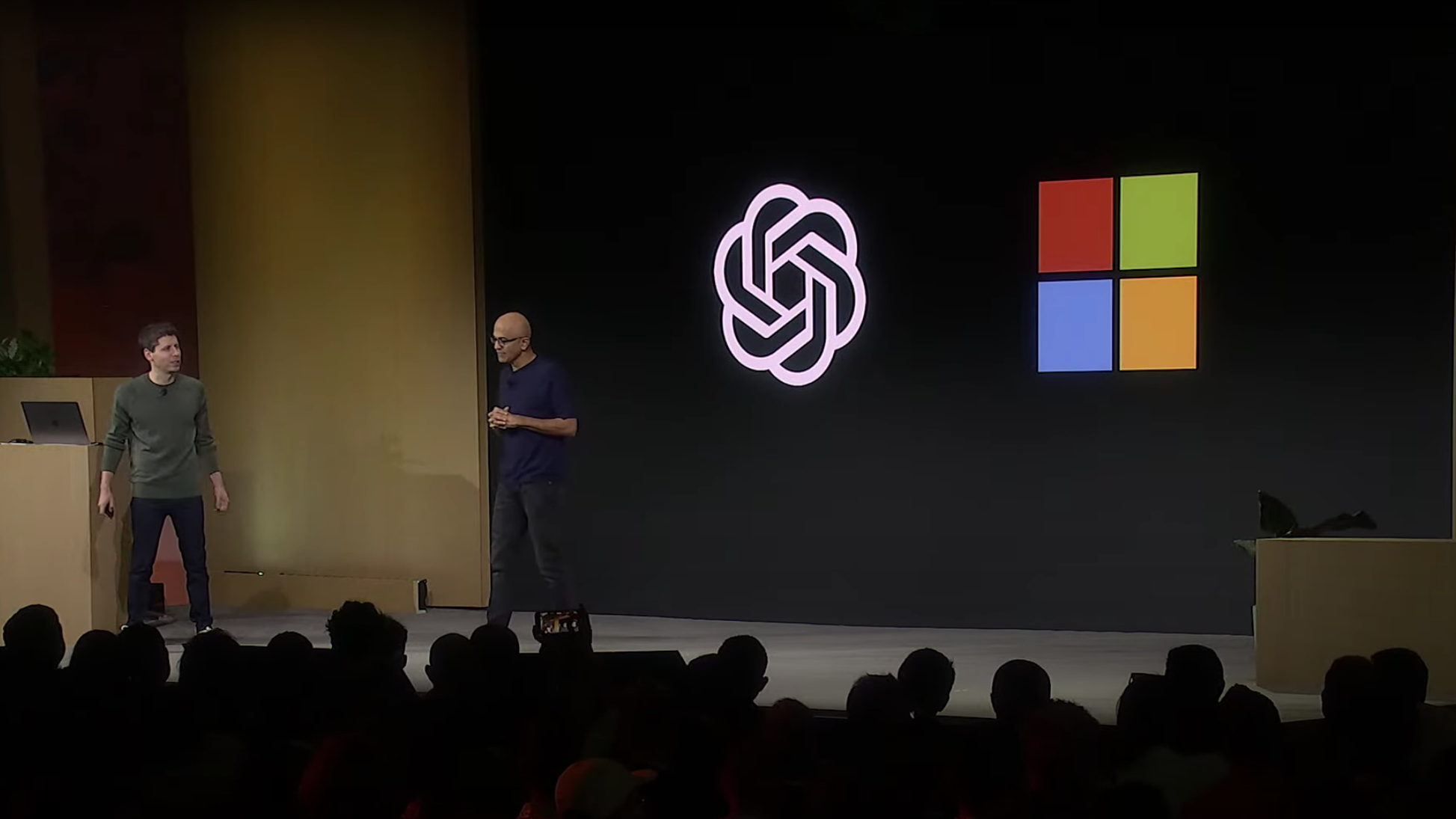Microsoft's new in-house image generator has already cracked the LMArena AI benchmark’s top 10 — challenging claims that it’s just an "OpenAI reseller"
The software giant just launched an AI image generator, turning heads in benchmarks, which could be a potential step toward independence from OpenAI.

"We should have the capacity to build world-class frontier models in-house of all sizes, but we should be very pragmatic and use other models where we need to," indicated Microsoft's AI CEO Mustafa Suleyman while affirming the company's stance to become self-sufficient in the generative AI landscape building its own chip cluster, seemingly emancipating itself from an over-reliance on OpenAI's tech.
More recently, the software giant unveiled MAI-Image-1, its first text-to-image generator, which it developed and designed in-house (via The Verge). The company referred to the model as “the next step on our journey.”
This is after Microsoft AI CEO Mustafa Suleyman revealed that the company is developing its own off-frontier models, which will be 3 to 6 months behind OpenAI's. In case you missed it, Microsoft launched two custom AI models in August, including MAI-Voice-1 and MAI-1-preview.
Like most modern AI-powered image generators, Microsoft's offering is poised to generate photorealistic imagery, including landscapes, lightning, and more. What's more, the company consulted professionals in the creative industry while developing the image generator to avoid “repetitive or generically-stylized outputs.”
Perhaps more interestingly, the company claims that the AI model has the capability to process prompt requests and generate images faster compared to larger, slower models. The model is already living up to the hype, as it's already ranked among the top 10 image generators in the LMArena benchmark.
This news comes as Microsoft's multibillion-dollar partnership with OpenAI is seemingly fraying due to for-profit evolution and cloud computing controversies. At the beginning of the year, OpenAI unveiled its $500 billion Stargate project, designed to facilitate the construction of data centers across the United States for its sophisticated AI advances.
Consequently, Microsoft lost its exclusive cloud provider status for OpenAI, though it still holds the right of refusal. Salesforce CEO Marc Benioff predicted that Microsoft won't use OpenAI's tech across its products and services in the future. With the launch of Microsoft's custom AI models and image generator, the executive's prediction seems to hold some water.
All the latest news, reviews, and guides for Windows and Xbox diehards.
Benioff has criticized Microsoft's AI and Copilot efforts. In October 2024, the executive claimed Microsoft's AI efforts are a "tremendous disservice" to the industry while referring to Copilot as the new Microsoft Clippy, further suggesting it doesn't work or deliver value.
The executive further claimed Microsoft "repackaged OpenAI and dropped it into Excel." According to Benioff, customers are disappointed with what they call Copilot. "They're an OpenAI reseller."
Elsewhere, OpenAI complained that Microsoft doesn't meet its cloud computing needs, shifting blame to the software giant if a rival AI lab achieved the coveted AGI (artificial general intelligence) benchmark first. This explains why the ChatGPT maker is seeking for additional cloud computing resources beyond Microsoft.
Microsoft reportedly wiggled out of two mega data center deals because it did not want to provide additional training support for ChatGPT. However, OpenAI CEO Sam Altman seemingly refuted the claims, indicating that the company was no longer compute-constrained.
Until now, Microsoft has heavily depended on OpenAI's tech to support Copilot's image generation capabilities from DALL-E 3 technology to GPT-4o.
But will Microsoft be able to meet the high demand for GPUs to support these image generation capabilities? Share your thoughts with me in the comments.

Follow Windows Central on Google News to keep our latest news, insights, and features at the top of your feeds!

Kevin Okemwa is a seasoned tech journalist based in Nairobi, Kenya with lots of experience covering the latest trends and developments in the industry at Windows Central. With a passion for innovation and a keen eye for detail, he has written for leading publications such as OnMSFT, MakeUseOf, and Windows Report, providing insightful analysis and breaking news on everything revolving around the Microsoft ecosystem. While AFK and not busy following the ever-emerging trends in tech, you can find him exploring the world or listening to music.
You must confirm your public display name before commenting
Please logout and then login again, you will then be prompted to enter your display name.

